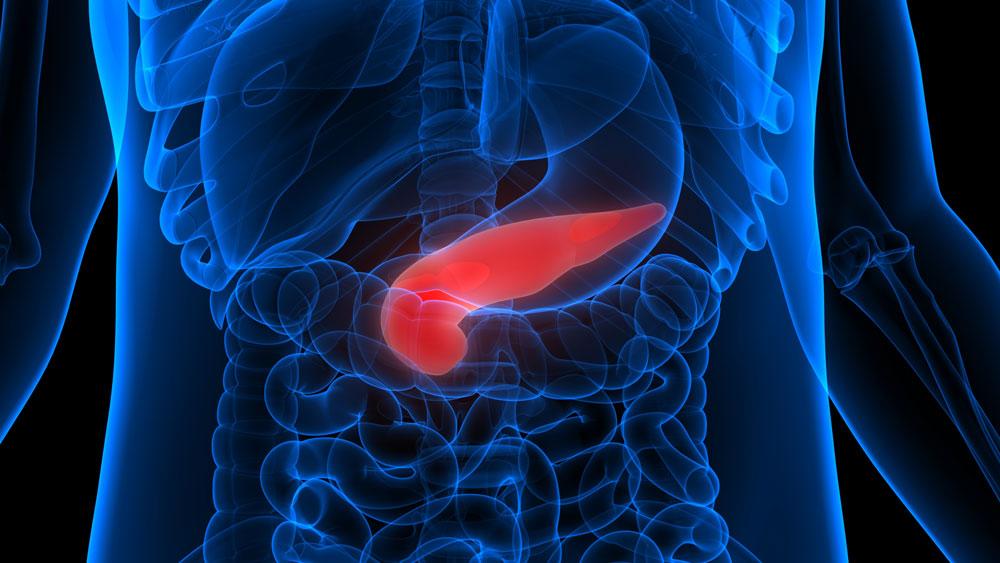PA healthcare expert Gareth Fitzgerald discusses the ways in which we can seize the opportunities of integrated care systems and how new approaches of lasting value can be created
The new Integrated Care Systems (ICS) legislation is part of the first Health and Care Bill since the controversial 2012 Lansley reforms. It undoes the competitive principles from 2012, and the focus is instead on collaboration within healthcare and between health and local government to improve population health and reduce health inequalities. Given the additional pressures placed on the NHS during the pandemic, the new legislation has come at what appears to be the worst time - but could also potentially be the best time.
The NHS and local government are staring down the barrel of an exceptionally challenging winter, and services are already stretched across acute, primary and community services as well as social services. The pandemic continues to put a strain on A&E and wards, and hospitals need to address growing waiting lists to reduce clinical harm. The NHS is on a war footing. There is a risk that integration and population health will be side-lined with operational pressures running so high.
However, there is an alternative path for ICSs where rapid integration and population health approaches are put to work to address these pressures directly. To make this alternative vision a reality and seize the integration opportunity, there are several key things that need to be done in bringing together cross-sector leadership, embedding data sharing solutions, and using insight to address the root causes of patient demand.
Bringing together leaders across sectors
Whilst it is not a legislative requirement, identifying and supporting Place based leaders is a critical action for ICSs. These local, cross-sector leaders can proactively remove barriers that their teams face to doing the right thing. We have all met the sorts of fearless local leaders needed. They think patient and population first, followed by team, then system, then organisation. To deliver the change, they will need support to create fully integrated operational approaches and daily management routines as the way of working heading into Winter. This will help bring different insights and resources together from across Places into more joined up plans and actions. Integrated resilience hubs are increasing in prevalence. Often organised at a Place level, but also at ICS and regional levels, they are bringing together teams from across sectors and organisations to look at data from the back door, front door, primary care and the wider system and create whole system solutions.
Embedding data coordination and digital mindset
We are also seeing rapid developments in data driven understanding of populations, underpinned by linked data. Where once few systems were linking data across acute and primary care, we are now seeing a greater number achieving this and advancing towards linking wider data sets from local government. The sharing of data across acute, primary, community and social care generates insight which helps target support to specific cohorts of patients and citizens. This data sharing may be expedited through emergency COVID-19 measures where necessary. By supporting GPs, community services, hospitals, and social care to work together, sharing daily data and assessing patient needs in multi-disciplinary teams, we can avoid more admissions and speed up discharge. This frees up precious beds and resources to deliver waiting list recovery. ICSs can accelerate this through investment in proven digital infrastructure solutions.
Using insights to delve into root causes
We are seeing an increase in multi-disciplinary review of the waiting list, to understand the holistic needs of those waiting, sometimes on multiple waiting lists, facing wider challenges such as anxiety and depression. Linked data can be used as a part of wider assessment to understand the holistic needs of patients on one or more waiting lists, who may otherwise come to harm and may require multiple emergency admissions. This is especially critical to support early stage interventions, and for systems to operate in a pre-emptive capacity, to prevent clinical harm Equally, in seeking to manage GPs’ frequent flyers more proactively as a system, we can reduce the extreme pressures that primary care is facing. The voluntary, community and social enterprise (VCSE) sector will play a key role, and Place and ICS leaders will need to actively support and engage these local groups to achieve better outcomes for individuals with multiple support needs.
This is an alternative vision, and not just an armchair fantasy. This is integrated care and population health management at the coalface. Real, data driven decision-making and service adaptation at Place and Neighbourhood level, with clinical and care leaders at the heart of the process and properly supported to manage their population differently. ICSs have a lot to do to achieve the requirements of the legislation between now and April. However, for those systems that can align addressing the requirements of the legislation and addressing the immediate operational challenges that face us, new approaches of lasting value can be created. This is what we mean by seizing the integration opportunity.
Gareth Fitzgerald is a healthcare expert at PA Consulting.





